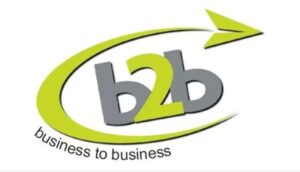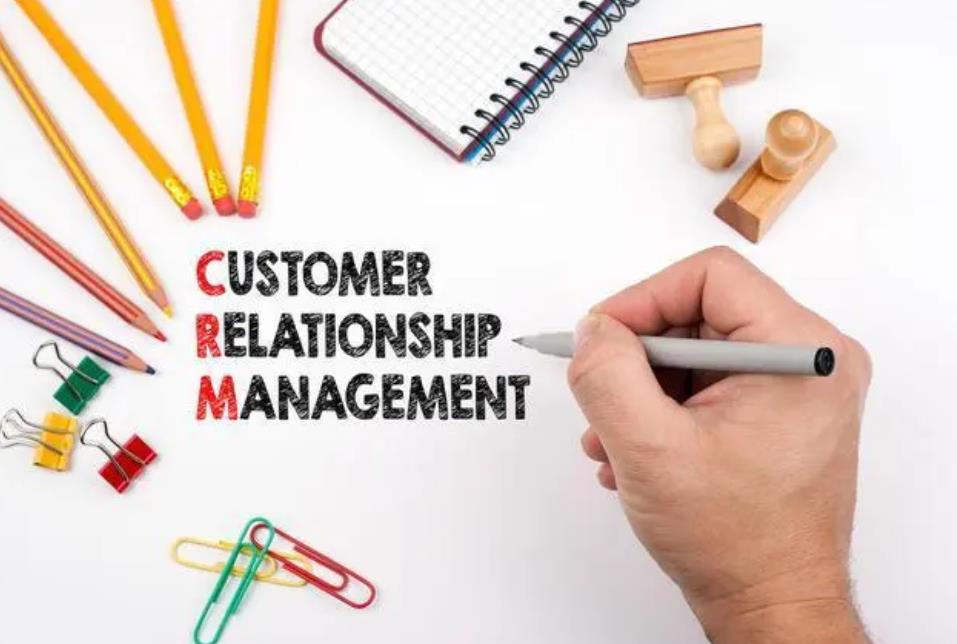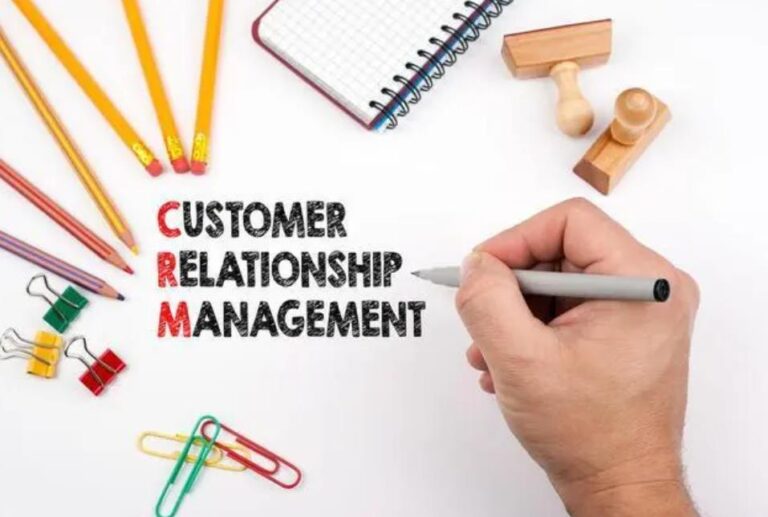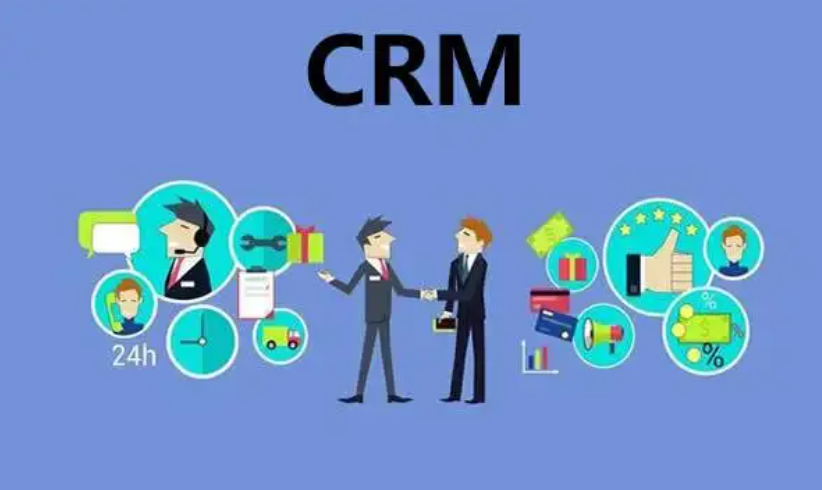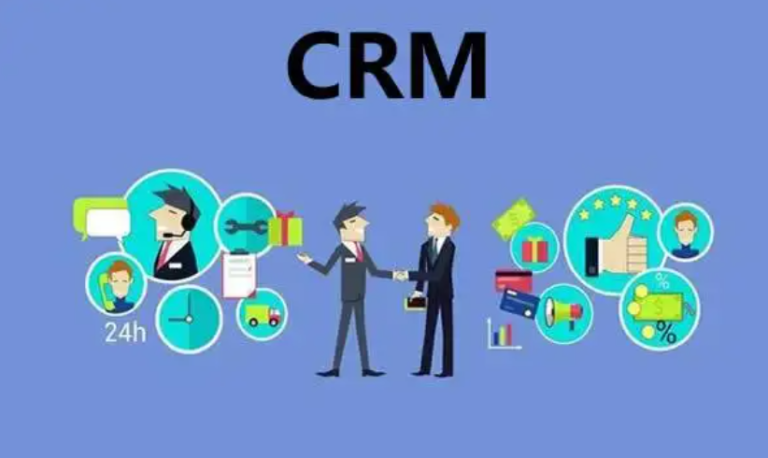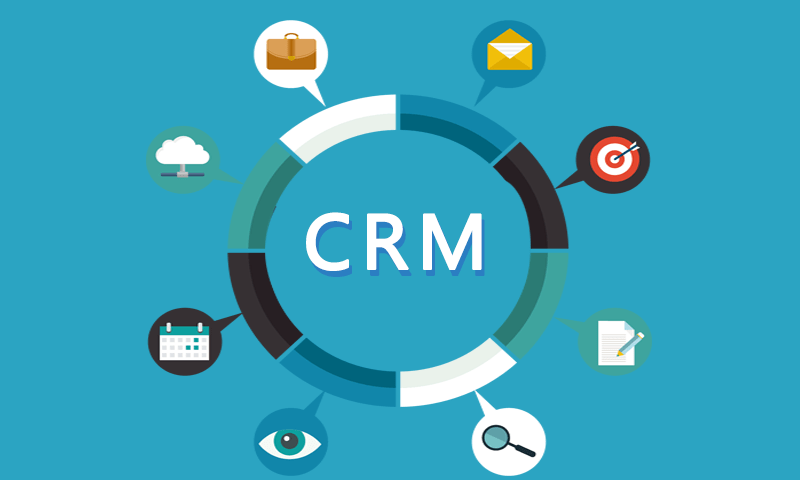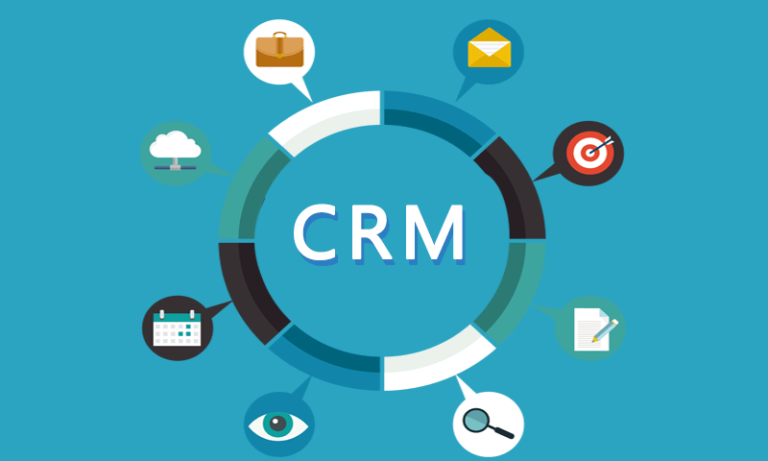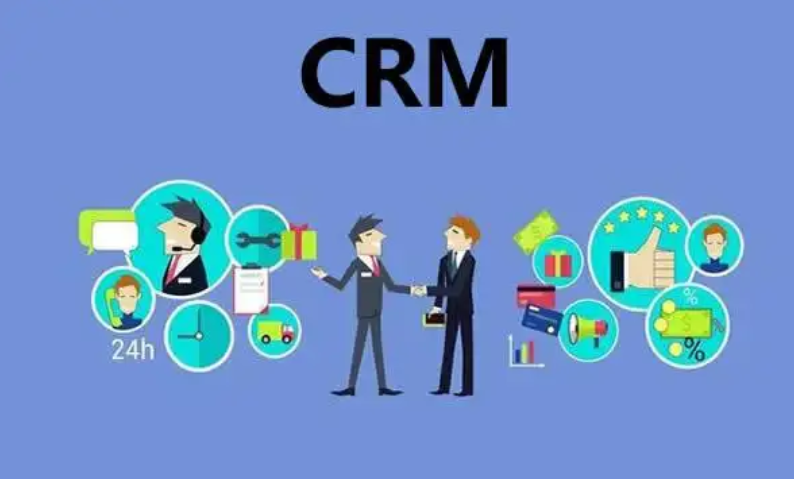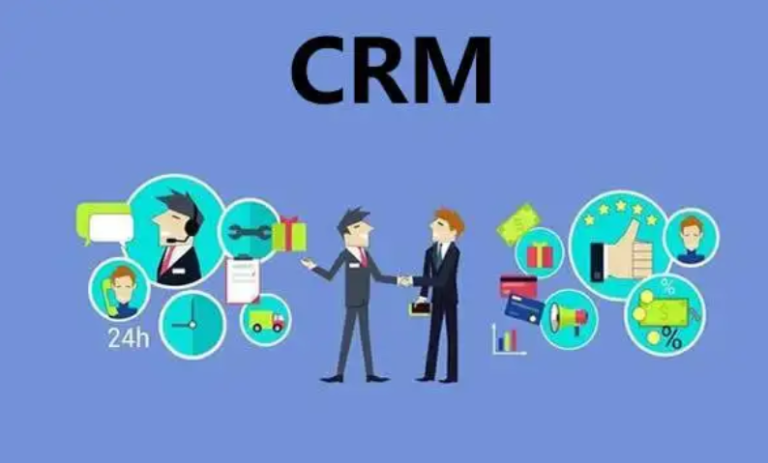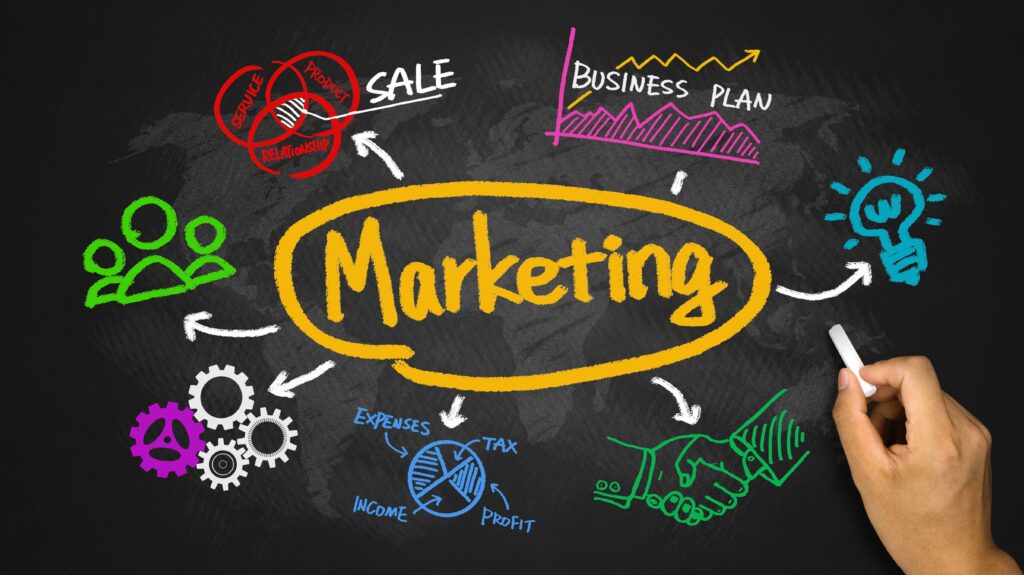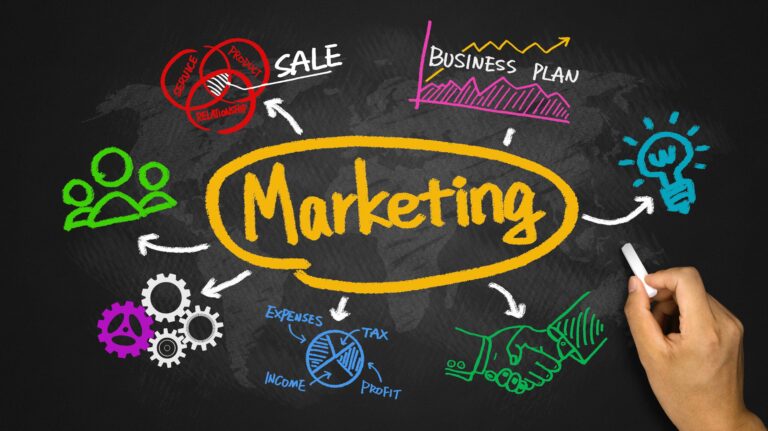
What is customer Relationship Management? How to do customer relationship management well?
- iclick
- 2023-05-19
Customers are the core assets of an enterprise. Whether a company can win a place in the market competition depends on how many customers it has and whether it can create more value for it.
With the continuous development of Internet technology, the era of mobile Internet has arrived. Many enterprises realize the importance of customer management, have carried out a variety of measures and means to manage, but the final effect is not ideal.
- Current situation of customer information management
The management of customer information is mainly divided into two aspects, one is the collection of customer information, the other is the query and management of users.
Collect customer information in the form of SMS (telephone) : Since SMS service has not been popularized in most enterprises in China, most enterprises will collect the contact information of internal personnel through SMS platform, such as company address, department name, telephone number, etc.
Collect customer information by E-mail (E-mail) : Since the Internet is just starting in China, E-mail is not popular in China.
Collecting customer information in APP form (APP) : Since many people do not have or cannot use smart phones, it is difficult to realize the collection of customer information by APP.
Use PC side website/software to query and manage customer information: Because PC side website/software does not have powerful data processing function, it is often unable to realize efficient data analysis.
Using CRM system or other tools to query user information: CRM system has many advantages in management, but it is difficult to realize the direct interaction and communication between enterprises and users, and it is also difficult to ensure the security of user data within the company, which makes many companies reluctant to use the system to query user information.

- the classification of customers
Customers are classified according to the characteristics of different types of customers. Customers are classified according to their consumption needs, usage scenarios, behavior habits and other characteristics, which can improve sales efficiency.
For example, if it is divided according to the consumption power: the customers with high consumption power are high net worth customers, mainly concentrated in high-income industries or middle and high-end groups; The customers at the middle end of the medium consumption power are low-value users, whose demand will not change and fluctuate, so the sales difficulty is relatively small; Low-end consumption power is weak, is the enterprise’s ordinary user group.
Iii. What is Customer Relationship Management
Customer relationship management is an effective management of customer resources, which can better help enterprises retain and serve old customers, and also increase new markets for enterprises.
In the process of managing customer relationship, we should pay attention to the following aspects:
Establish a good corporate culture and values;
Develop reasonable customer maintenance strategies and methods;
It is a good choice to establish a perfect CRM system, improve the communication efficiency, enhance the sensitivity to the market, and establish a dedicated CRM system according to different types of customers.
- Customer analysis and forecast application
In the business operation, analysis and prediction is a very important work, can effectively help the enterprise to grasp the market trends and customer demand change law.
Through data integration and data mining, customer distribution and customer behavior information can be mastered to achieve customer segmentation
Based on data modeling and machine learning algorithms, we predict the changes in the number and proportion of customers for each category over a period of time.
Through the establishment of a model to calculate the performance of each department and comparative analysis;
Develop effective management system and marketing strategy according to the target; Aiming at the target market and target users, design a unique management scheme and marketing model; Through data mining for enterprises to find new customers, expand market share.
- Intelligent CRM platform development tools
Cloud CRM: The “Cloud business” platform independently developed by Cloud Business Technology, featuring multi-tenant, multi-level authority, multi-system integration, cross-enterprise data integration, etc.
Cloud CRM development tools: Customer management system functions include customer file management (can achieve batch import customer information); Marketing acquisition (automatic acquisition of business opportunities); Intelligent recommendation (seamless integration with existing sales and management systems); Customer follow-up (can integrate the data of different sales channels and classify potential customers through intelligent report analysis); Data statistics and analysis (can conduct multidimensional statistical display and analysis of sales data);
Cloud CRM operation platform: It is an application mall developed on the basis of cloud, which organically combines offline physical stores and online malls to realize membership management and provide value-added services for members.
Intelligent marketing platform: all-channel customer tracking through mobile phone wechat client;
Smart CRM mobile management APP: the mobile terminal can synchronously update customer information and work flow, automatic tracking of work flow, improve work efficiency.
- Customer relationship management solutions
Mobile CRM system is a very professional solution, which mainly solves two problems: one is how to improve efficiency, and the other is how to effectively manage customers. By solving these two problems, enterprises can improve efficiency and manage customers at the same time.
And as a sales staff, how to do a good job in customer relations? First of all, to clear their own goals and positioning; Secondly, the existing customers are analyzed: whether to choose loss or referral; Third, attract customers through products or services; Finally, the transaction of customers for tracking, return visit and maintenance.
Customer management is realized through customer group segmentation, positioning, group management and other functions. By analyzing the relationship between sales staff and customers (sales process), the analysis of business opportunities, leads and customer information, through the analysis of these information to provide corresponding suggestions and strategies; And the ability to optimize and adjust the business based on data.
Customer management is the foundation of an enterprise. Good customer management can promote the development of the enterprise, but if the enterprise does not do a good job in customer management, it will lead to a decline in the development speed and competitiveness. In the future, customer relationship management is bound to usher in new developments.


